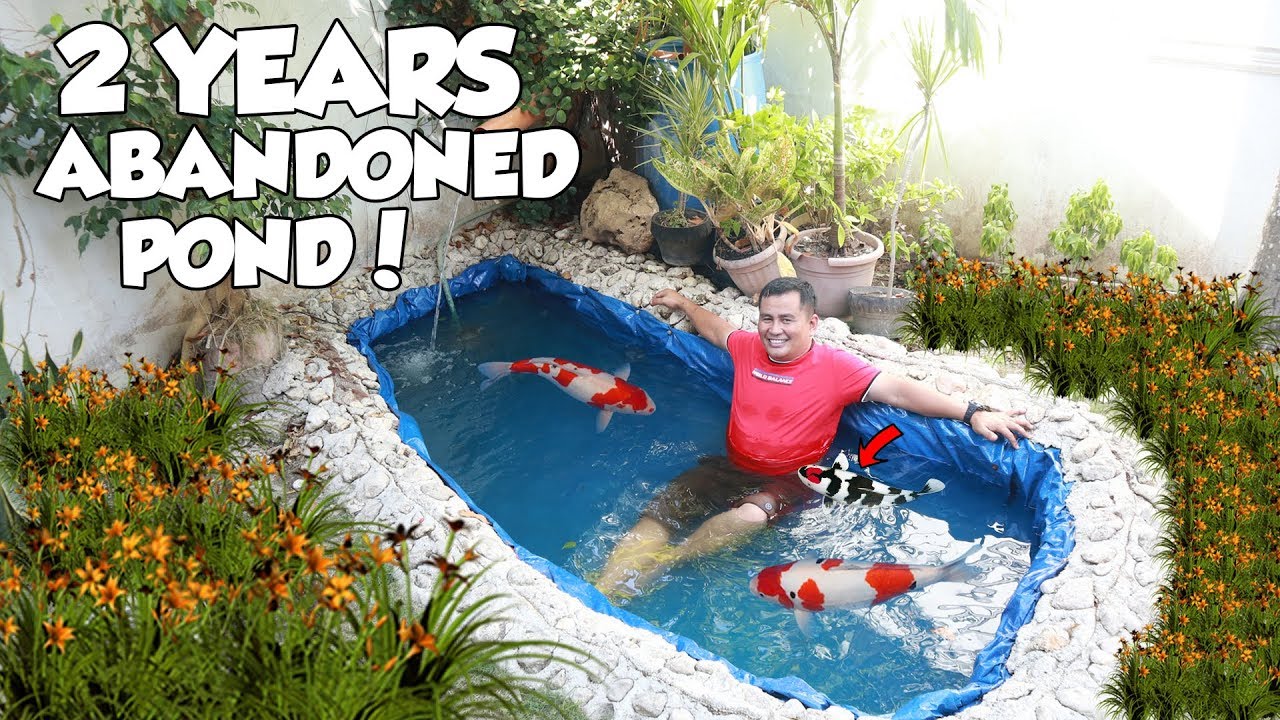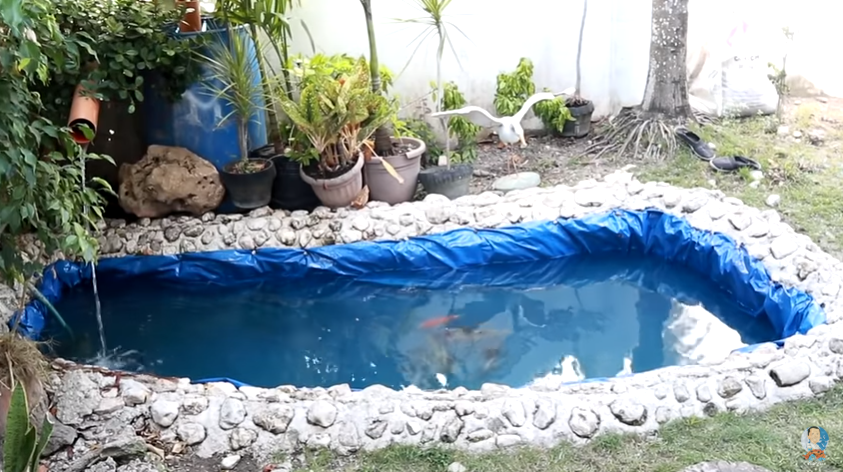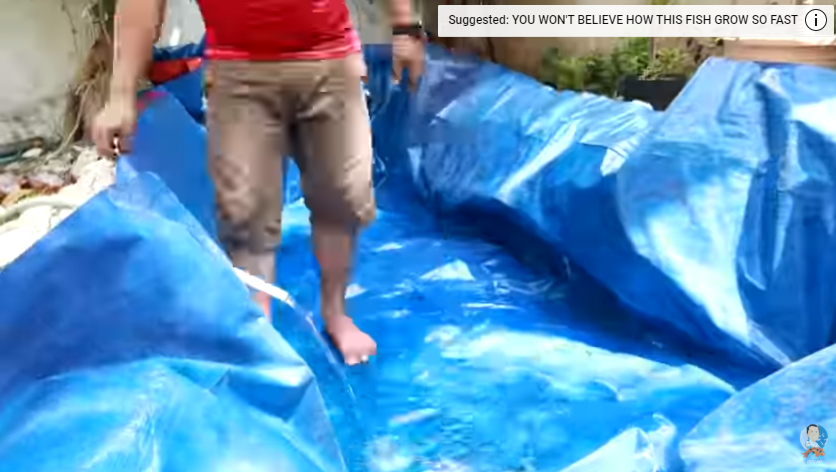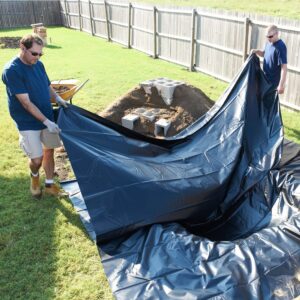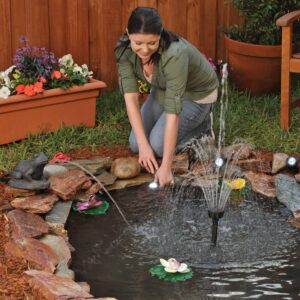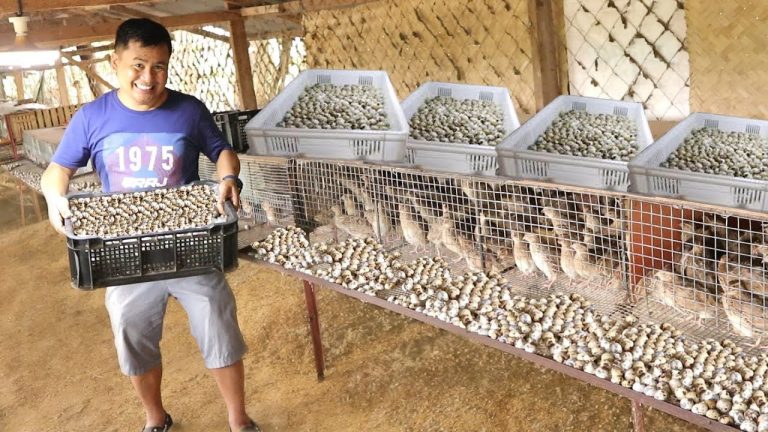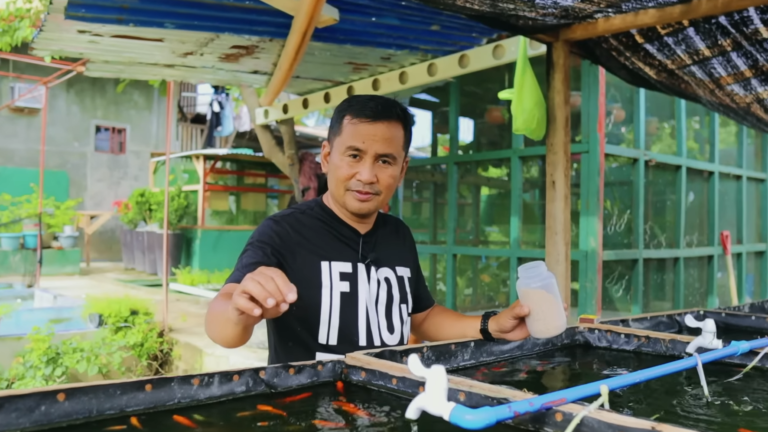Tank Maintenance, an Important Factor in Fish Keeping
Yesterday, you have seen what happened to one of our fish tanks because of typhoon Marilyn. By this time, we are still on the process of doing some minor repairs so that it will be functional again.
That event reminded me to an old vlog when that tank was still being constructed. Watch the video here TANK CONSTRUCTION
That event led me to a decision to make an article about tank maintenance. Nothing so much in connection with what had happened with my fish tank, but equally significant for all of us who love to keep fishes in good condition.
If you are having a hard time maintaining your tank, read on…
You’ve bought your tank, you’ve added your fish, now what? Just feed them and forget it… right? Well no, not exactly. You are going to have to do routine maintenance to your aquarium, but never fear, it really doesn’t have to be a backbreaking chore.
First things first, and this one is key, NEVER and I mean never overfeed your fish. If you have added more food into the tank than your fish can eat in a minute or two, then you’ve overfed your fish. Two things can happen now, and they are both bad: one, your fish will eat all of the food that they’ve been fed, and then they will produce enormous waste, or two: the food will sit on the bottom of your tank, fouling the water and breaking down into dangerous chemicals that will kill your fish.
Yes, not overfeeding your fish is the world’s best way to keep your tank clean. You can thank me later.
If you’ve fed your fish properly, the next thing to consider is your fish load. Keep in mind that the more fish that you have in your tank, the more often it will need to be cleaned. Yes, you can minimize this chore by having proper filtration for your tank, but you will have to clean it on occasion, and you will have to have the right tools.
Use your brush to clean any excess algae off of your tank before you go any further. Yes, it will make your tank even dirtier for a bit, but better now than later when you have a nice clean tank. Once you are through with the brush, start siphoning the water by a siphoning hose. Put it in your tank, move it up and down a couple of times, and the water from your tank will now begin to drain into your bucket. Put the mouth of the siphon over any particulate matter in the bottom of your tank and watch while the fish waste is carried away.
Remove about 25% of the water and then replace it with clean water. Make sure that the water that you are adding is approximately the same temperature as the tank itself, so as not to shock the fish.
And finally, clean your filters, replacing any filters that are in poor shape. You are done for the day. That wasn’t that hard now was it?
Check out our website for available fish tank accessories you might need for your tank.

